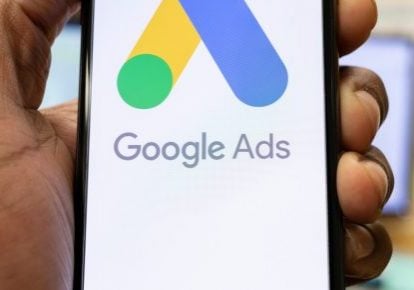
If you have a brick-and-mortar business you may wonder about the usefulness of Google Local Inventory Ads (LIA’s), for social distancing purposes. With everything retailers have had to cope with just to try and keep their doors open in some way for continued business, Google Local Inventory Ads are probably low on the list for getting a store owner’s attention right now. But a few tweaks can actually make a big difference in your store’s sales performance during an extended – and still undetermined – period of social distancing. Some strategic adjustments to the settings in your LIA dashboard can help you both sustain sales and retain valued customers concerned about health and safety.
If you need to limit store traffic
Nearly everywhere, stores have been forced to close or change their hours of operation to accommodate the need for social distancing. Many stores now need to limit the amount of foot traffic, or even stop it altogether. Adjusting settings in your Google My Business Locations Feed can make that a little easier on store managers.
Suppress Google Local Inventory Ads from your highly-trafficked stores.
Take the time now to review which of your stores are serving LIAs and then look at their traffic counts. For the higher-traffic locations, you can suppress them within your Google My Business Locations Feed. This way you will attract fewer shoppers and not force people to stand in a line outside the store. Use the Google My Business interface to select the stores you want to suppress.
Set your Local Products Inventory Feed to suppress ads for products that are low in stock.
Without losing all traffic, you can limit in-store traffic by excluding products with a limited inventory from your product feed. That helps discourage store visits when the shopper only needs that single item.
Expand your market reach with Location Extension in Google My Business
Google offers location extensions that add shop locations and contact information to your LIAs. Within the extension is a Radius setting for reaching shoppers within a defined proximity.
Because many shoppers are getting accustomed to scarcity and are also feeling confined at home, they’re more willing to travel farther afield to buy the items they want. Attract these shoppers by widening your advertising radius. If the LIA served up to them showed the product was still available over in the next town, they would likely be more willing to make the trip.
Stay on top of changing shopper behavior
Older shoppers have become more accustomed to shopping online for not just shipped items, but also pickup or local delivery. The Buy Online, Pickup In-Store (BOPIS) model, combined with Google Local Inventory Ads, is a powerful pairing. Be sure every in-store, pickup and delivery option you offer is also displayed in your LIA product pages.
Different times of the day are now “peak” hours. With so many shoppers furloughed, working from home or working fewer hours per week, peak hours for local shopping are seeing a flattened curve of their own.
Dayparting is an advertising strategy that serves up Google Local Inventory Ads on a daily or weekly schedule according to past traffic numbers. Until recently, peak times were pretty predictable for most physical stores.
Stores have had to make their own adjustments in hours due to staffing shortages or local regulations that determine how “essential” it is that they stay open. Therefore it’s a good time to retool any dayparting strategy you may already be using, for factors such as new opening hours or new traffic trends.
Also, Google recommends you review how you display shipping settings and estimated delivery times to accurately reflect your current capabilities.
Stay up to date on local conditions. The Google Trends page is a tool that helps you understand current consumer behaviors in local markets, and insights about what’s on shoppers’ minds today.
Making sense of it all
To be sure, adapting your advertising strategies in a time of huge current disruption and lingering uncertainty about the future is a huge challenge. If you need any advice on your advertising strategy, LIAs, or retail in general, our support team is here to answer your questions. Our experts are always ready to help – no matter the challenge.
In the meantime, above all, stay healthy and safe.




